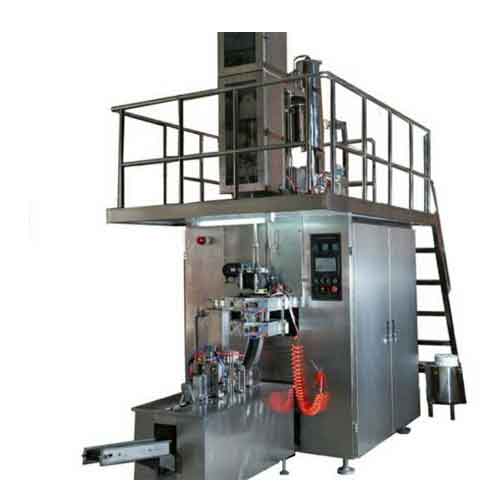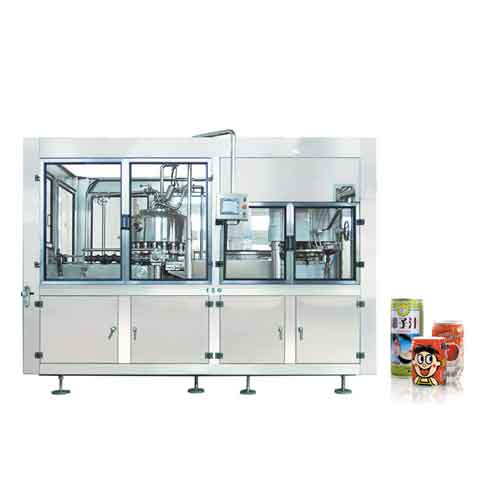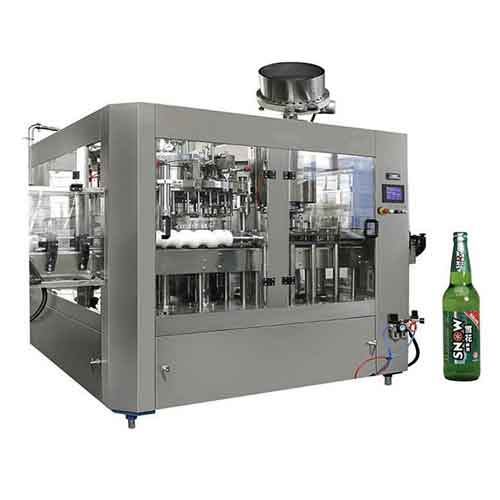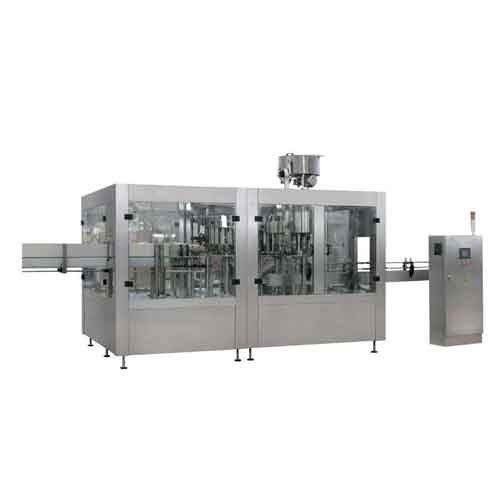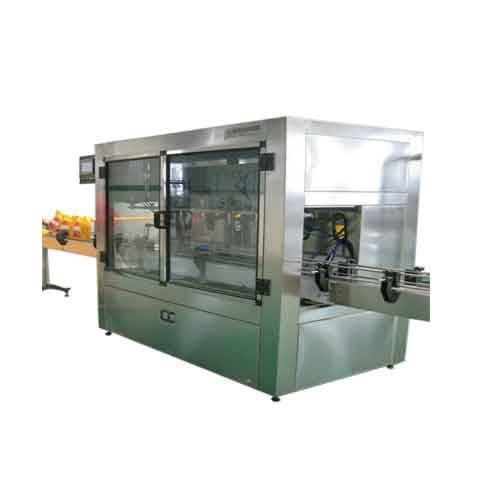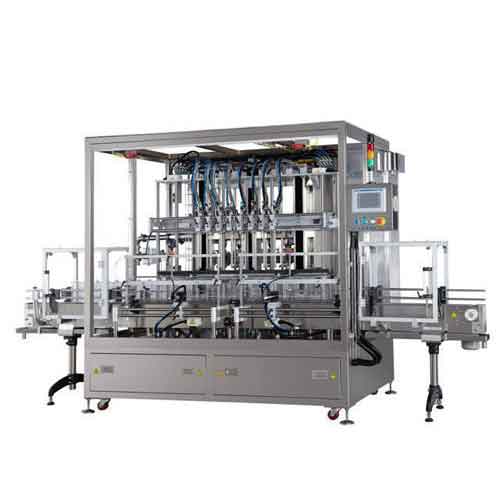The rolling equipment in the instant noodle production line is a key link in the production process, used to roll the mixed dough into thin sheets, providing basic materials for subsequent processes such as molding, steaming, and frying. The following are several key points to pay attention to when operating rolling equipment:
1.Safety first: Before operation, ensure that all safety protection devices such as protective covers, emergency stop buttons, etc. are in good working condition. Operators should wear appropriate personal protective equipment, such as work clothes, protective gloves, safety shoes, and goggles.
2.Equipment inspection: Before starting the rolling machine, check whether the mechanical and electrical parts of the equipment are intact, including the rolling rolls, transmission system, lubrication system, and control panel, to ensure that there are no foreign objects or damaged components.
3.Dough preparation: Ensure that the moisture, temperature, and mixing time of the dough meet the process requirements to ensure the smooth rolling process and the quality of the dough slices.
4.Rolling parameter setting: According to the thickness and width requirements of the dough sheet, correctly set the parameters of the rolling machine, including the gap between the rolling rolls, rolling speed, and pressure. When performing the initial operation, start with a larger gap and gradually adjust to the desired thickness to avoid surface breakage or uneven rolling.
5.Cleaning and lubrication: Keep the rolling machine clean, regularly clean the rolling rollers and work area, and avoid the accumulation of dough residue. At the same time, regularly lubricate mechanical components to reduce wear and improve equipment efficiency.
6.Operation process: Follow the established operation process to avoid adjustments during equipment operation and prevent accidents. During the rolling process, pay attention to monitoring the quality of the dough, such as thickness, uniformity, and integrity, and adjust equipment parameters in a timely manner.
7.Fault handling: In case of equipment failure, immediately stop operation, cut off power, follow the operation manual or contact professional maintenance personnel for handling, and avoid disassembling or operating on your own to avoid causing greater damage.
8.Maintenance records: Before and after each operation, record the operating status, maintenance status, and any abnormalities of the equipment, which helps to track the health status of the equipment and perform preventive maintenance.
9.Training and guidance: Operators should receive professional training to understand the correct operating methods and safety regulations of the equipment, in order to avoid equipment damage or safety accidents caused by improper operation.
By following the above operational precautions, it is possible to ensure the safe operation of the rolling equipment in the instant noodle production line, improve production efficiency and product quality, while reducing failure rates and maintenance costs.
Our company has been engaged in food machinery customization services since its establishment in 2014, according to customer needs for you to tailor suitable machinery and equipment, for more product information, please refer to: https://www.hnunmachinery.com/Production-Line/Instant-Noodle-Production-Line/Instant-Noodle-Production-Line.html;Our expertise and advantages will bring you more opportunities and development space.
For personalized, industry-tailored advice and to explore state-of-the-art solutions, please don't hesitate to contact us at info@unmachinery.com
The following are other knowledge related to instant noodle production that I have summarized based on long-term work experience, for your reference. I hope you don't take the wrong path.
1.How to design a fried instant noodle production line?
2.What are the factors that affect the dough mixing effect in the production of instant noodles?
3.What are the factors affecting the awakening effect of instant noodle production?
4.What are the factors affecting the Calendering effect of instant noodles production?
5.What are the factors affecting the cutting and shaping of instant noodles production?
6.What are the factors affecting the frying effect of instant noodles production?
7.What are the factors affecting the steaming effect of instant noodles production?
8.How to determine whether the rolling effect of the rolling machine is qualified?
9.How should the rolling machine be adjusted when working to ensure product quality?
10.How to solve common faults of steaming machine?
11.How to do if the steamed noodles are half-cooked?
1.Safety first: Before operation, ensure that all safety protection devices such as protective covers, emergency stop buttons, etc. are in good working condition. Operators should wear appropriate personal protective equipment, such as work clothes, protective gloves, safety shoes, and goggles.
2.Equipment inspection: Before starting the rolling machine, check whether the mechanical and electrical parts of the equipment are intact, including the rolling rolls, transmission system, lubrication system, and control panel, to ensure that there are no foreign objects or damaged components.
3.Dough preparation: Ensure that the moisture, temperature, and mixing time of the dough meet the process requirements to ensure the smooth rolling process and the quality of the dough slices.
4.Rolling parameter setting: According to the thickness and width requirements of the dough sheet, correctly set the parameters of the rolling machine, including the gap between the rolling rolls, rolling speed, and pressure. When performing the initial operation, start with a larger gap and gradually adjust to the desired thickness to avoid surface breakage or uneven rolling.
5.Cleaning and lubrication: Keep the rolling machine clean, regularly clean the rolling rollers and work area, and avoid the accumulation of dough residue. At the same time, regularly lubricate mechanical components to reduce wear and improve equipment efficiency.
6.Operation process: Follow the established operation process to avoid adjustments during equipment operation and prevent accidents. During the rolling process, pay attention to monitoring the quality of the dough, such as thickness, uniformity, and integrity, and adjust equipment parameters in a timely manner.
7.Fault handling: In case of equipment failure, immediately stop operation, cut off power, follow the operation manual or contact professional maintenance personnel for handling, and avoid disassembling or operating on your own to avoid causing greater damage.
8.Maintenance records: Before and after each operation, record the operating status, maintenance status, and any abnormalities of the equipment, which helps to track the health status of the equipment and perform preventive maintenance.
9.Training and guidance: Operators should receive professional training to understand the correct operating methods and safety regulations of the equipment, in order to avoid equipment damage or safety accidents caused by improper operation.
By following the above operational precautions, it is possible to ensure the safe operation of the rolling equipment in the instant noodle production line, improve production efficiency and product quality, while reducing failure rates and maintenance costs.
Our company has been engaged in food machinery customization services since its establishment in 2014, according to customer needs for you to tailor suitable machinery and equipment, for more product information, please refer to: https://www.hnunmachinery.com/Production-Line/Instant-Noodle-Production-Line/Instant-Noodle-Production-Line.html;Our expertise and advantages will bring you more opportunities and development space.
For personalized, industry-tailored advice and to explore state-of-the-art solutions, please don't hesitate to contact us at info@unmachinery.com
The following are other knowledge related to instant noodle production that I have summarized based on long-term work experience, for your reference. I hope you don't take the wrong path.
1.How to design a fried instant noodle production line?
2.What are the factors that affect the dough mixing effect in the production of instant noodles?
3.What are the factors affecting the awakening effect of instant noodle production?
4.What are the factors affecting the Calendering effect of instant noodles production?
5.What are the factors affecting the cutting and shaping of instant noodles production?
6.What are the factors affecting the frying effect of instant noodles production?
7.What are the factors affecting the steaming effect of instant noodles production?
8.How to determine whether the rolling effect of the rolling machine is qualified?
9.How should the rolling machine be adjusted when working to ensure product quality?
10.How to solve common faults of steaming machine?
11.How to do if the steamed noodles are half-cooked?

